
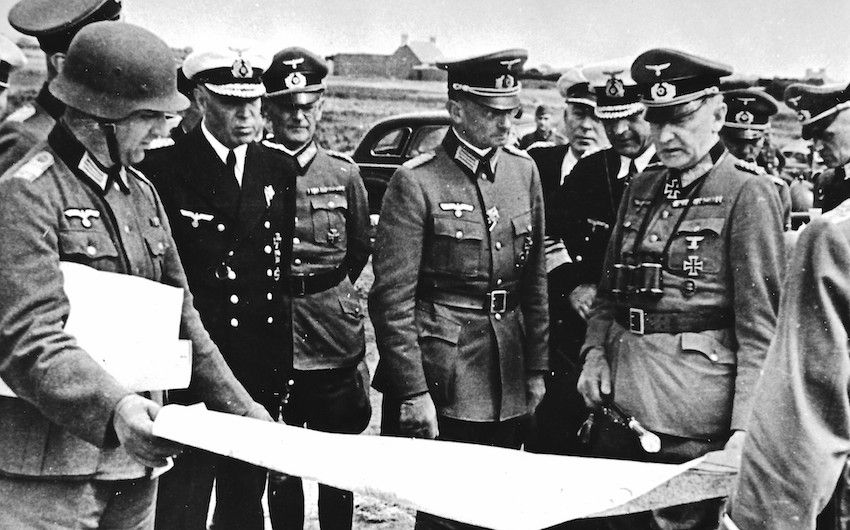
Three high-ranking officers linked to Operation Valkyrie - one of the best known assassination attempts of Adolf Hitler - all visited Jersey during the Occupation, a local historian has revealed.
Colin Isherwood, the Archivist for the Channel Islands Occupation Society (CIOS), shed some light on the local connection to the famous failed bomb plot against the Führer, which ended up inspiring a blockbuster hit featuring Tom Cruise, in a column for Express...
"No fewer than 42 assassination attempts were made against Adolf Hitler during his lifetime. The first known attempt dated back to 1932. Out of all of these, none was as detailed, and well planned, as the 20 July 1944 bomb plot.
In the lead-up to the plot, numerous German towns and cities had been heavily bombed by the British and Americans Air Forces, the German Sixth Army had suffered huge losses and defeat at the Battle of Stalingrad. Not surprisingly many senior German army Officers had started to feel disgruntled with Hitler and the Nazi regime, they felt Germany could no longer win the war.
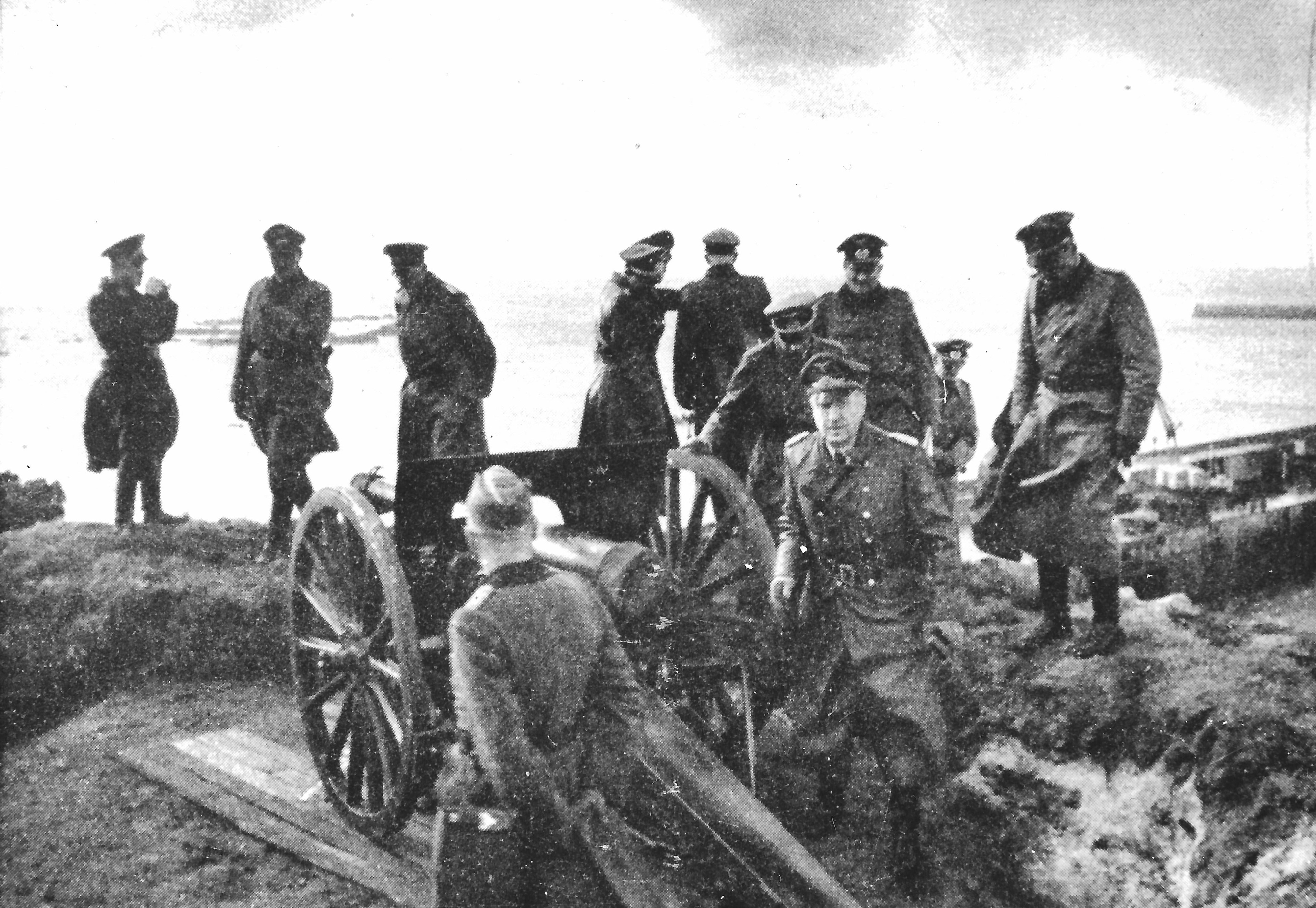
Pictured: Fitz Todt (facing the camera) at Westmount in November 1941.
By the winter of 1943, a large group of German conspirators, led by Colonel Claus von Stauffenberg began careful planning of what was to be known as Operation Valkyrie.
Stauffenberg had been badly wounded in North Africa and after his recovery, was given a transfer away from the front line, to an administration position acting as Chief of Staff of the Reserve army. This new position gave him direct access to Hitler, making von Stauffenberg the ideal person to be the assassin.
Originally, Valkyrie was the name given to the German contingency plan designed to deal with emergency internal disturbances. The plan was developed by General Olbricht, head of the General Army Office and had been approved by Hitler.
Ironically, Olbricht and Stauffenberg cleverly changed the original Valkyrie order, with the intention of using it to take control of all German cities, arrest all the Nazi leadership and to ultimately make peace with Britain and America once Hitler had been assassinated.
On Thursday 20 July 1944, Claus von Stauffenberg and other conspirators put 'Operation Valkyrie' into effect. Stauffenberg had been summoned to a conference at the Wolf's Lair, one of Hitler’s eastern front military headquarters, located in former East Prussia (now Poland).
Video: 'Operation Valkyrie' was the subject of a 2008 movie starring Tom Cruise, Kenneth Branagh and Bill Nighy.
Once Stauffenberg arrived in the conference room, he placed his leather briefcase which contained a bomb, close to Hitler. After leaving the briefcase, Stauffenberg left the building and headed back to Berlin.
However, just before the bomb went off, an officer in the briefing room moved the briefcase behind one of the large wooden table legs and in doing so, ultimately shielded Hitler from the explosion which followed.
Hitler survived this attempt on his life, but the consequences for the conspirators were terrible. During the following weeks and months, the Gestapo rounded up anyone who had the remotest connection with the plot.
More than 7,000 people were arrested and 4,980 were executed. The whole event was played out in the 2008 film Valkyrie, starring Tom Cruise, Kenneth Branagh and Bill Nighy.
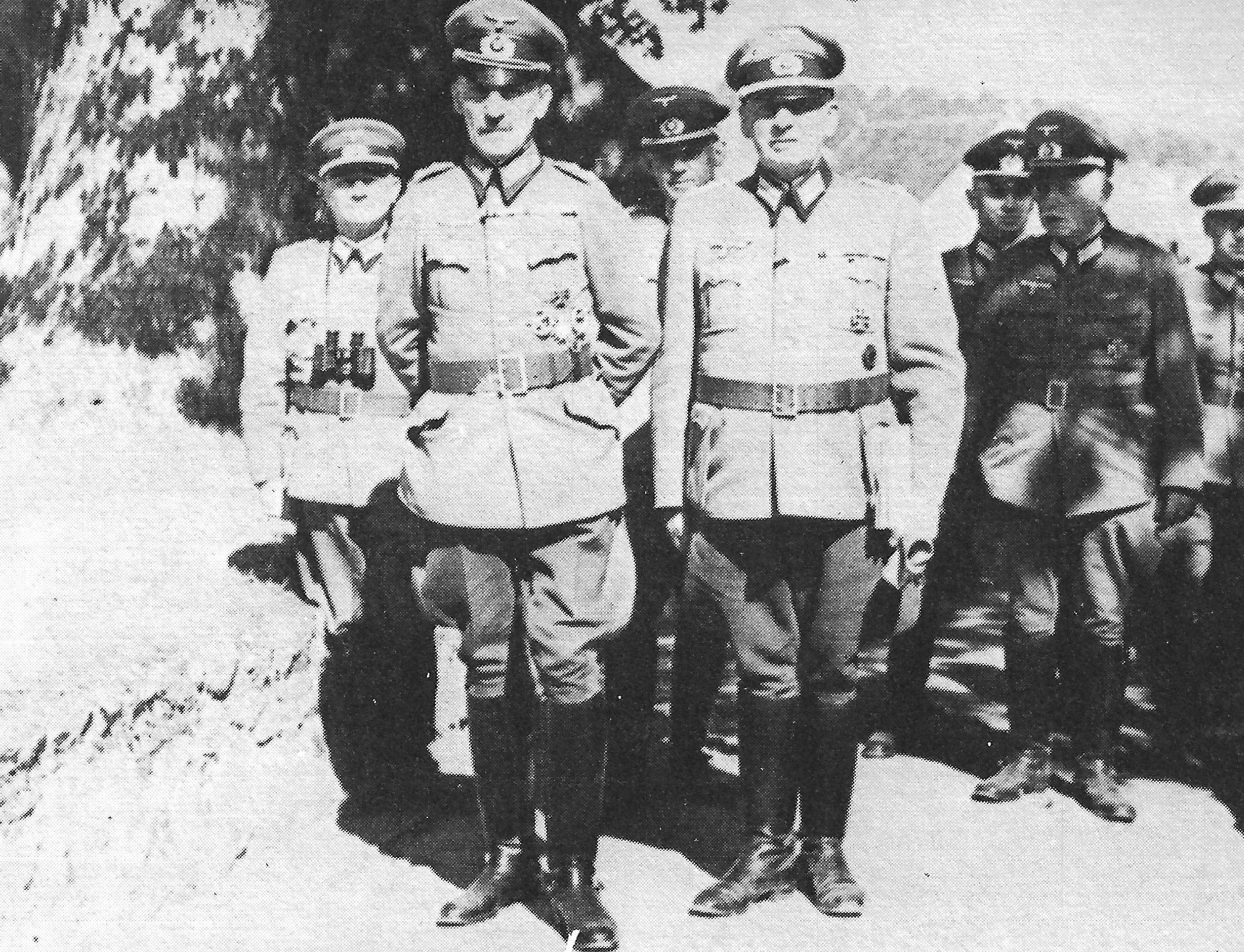
Pictured: : General Stülpnagel (centre left, arms behind his back) at St. Brelade's Bay in September 1940.
So, what of the Jersey connection? Of all the many-high ranking officers who came to Jersey during the Second World War, three stand out for an unusual reason.
General Heinrich von Stülpnagel, Field Marshal Erwin von Witzleben and General Rudolf Schmundt, all visited Jersey at various times during the Occupation.
Stülpnagel was the first to visit in September 1940, von Witzleben on 11 July 1941 and General Rudolf Schmundt in November 1941.
Stülpnagel and von Witzleben had grown to loathe Hitler’s regime and by 1944 they both became members of the German resistance and assisted with the planning of the 20 July plot.
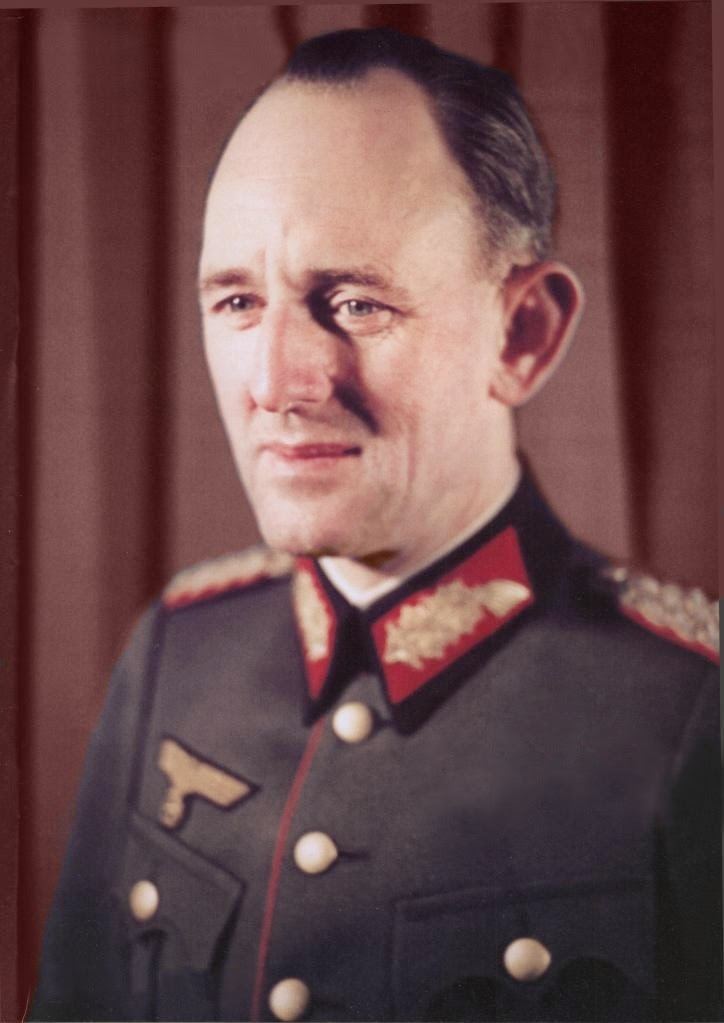
Pictured: A rare colour picture of General Rudolf Schmundt.
Schmundt however, was one of Hitler’s most trusted and loyal adjutants and was also a close family friend of Jersey Kommandant, Colonel Friedrich Knackfuss.
Schmundt was with Hitler in the briefing room when the bomb exploded.
Witzleben was one of the key conspirators and on 7 August 1944, was in the first group of accused to be brought before the German People’s Court and was publicly tried and sentenced to death on the same day.
General Stülpnagel was also implicated in the 20 July plot and after a failed suicide attempt was sentenced to death by the German People’s Court and executed on 30 August 1944.
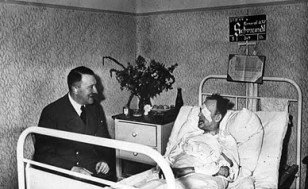
Pictured: Adolf Hitler visiting General Rudolf Schmundt in hospital after the explosion.
General Schmundt had been standing close to Stauffenberg’s briefcase when it exploded and died on 1 October 1944 as a result of his injuries sustained by the close proximity of the explosion.
Although the visits to Jersey by all three Officers were initially unrelated, they all ultimately became connected as a direct result of Operation Valkyrie."
Pictured top: Field Marshal Erwin von Witzleben (on right, with binoculars), at Batterie Moltke, Les Landes on 11 July 1941. (CIOS)
Comments
Comments on this story express the views of the commentator only, not Bailiwick Publishing. We are unable to guarantee the accuracy of any of those comments.